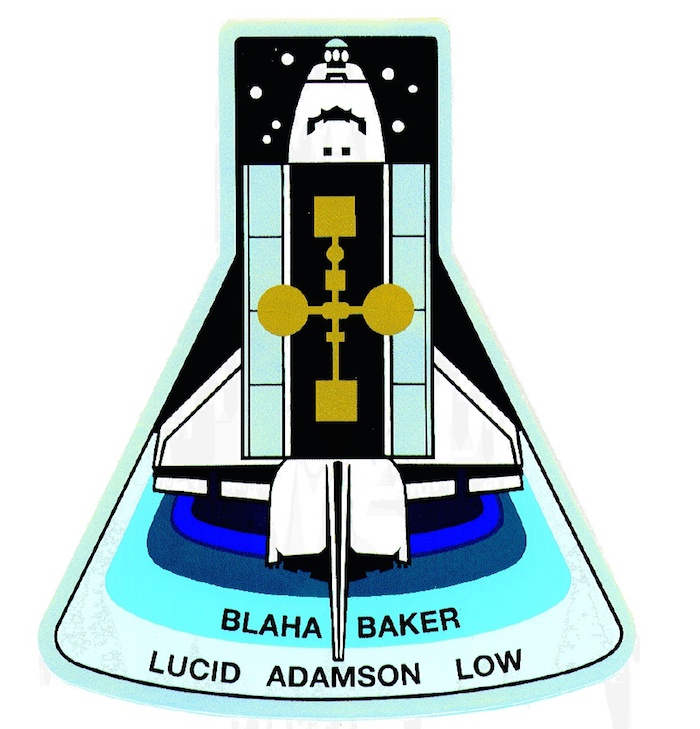.
Space Shuttle: Atlantis
Launch Pad: 39A
Launch Weight: 259,374 pounds
Launched: August 2, 1991, 11:01:59 a.m. EDT
Landing Site: Kennedy Space Center, Florida
Landing: August 11, 1991, 8:23:25 a.m. EDT
Landing Weight: 196,088 pounds
Runway: 15
Rollout Distance: 9,890 feet
Rollout Time: 59 seconds
Revolution: 142
Mission Duration: 8 days, 21 hours, 21 minutes, 25 seconds
Orbit Altitude: 174 nautical miles
Orbit Inclination: 28.45 degrees
Miles Traveled: 3.7 million
Crew Members

Image above: STS-43 Crew photo with Commander John E. Blaha, Pilot Michael E. Baker, Mission Specialists Shannon W. Lucid, James C. Adamson and G. David Low. Image Credit: NASA
Launch Highlights
 The launch was originally set for July 23, but was moved to July 24 to allow time to replace a faulty integrated electronics assembly that controls orbiter/external tank separation. The mission was postponed again about five hours before liftoff on July 24 due to a faulty main engine controller on the number three main engine. The controller was replaced and retested; launch was reset for August 1. Liftoff set for 11:01 a.m. delayed due to cabin pressure vent valve reading and postponed at 12:28 p.m. due to unacceptable return-to-launch site weather conditions. Launch reset for August 2.
The launch was originally set for July 23, but was moved to July 24 to allow time to replace a faulty integrated electronics assembly that controls orbiter/external tank separation. The mission was postponed again about five hours before liftoff on July 24 due to a faulty main engine controller on the number three main engine. The controller was replaced and retested; launch was reset for August 1. Liftoff set for 11:01 a.m. delayed due to cabin pressure vent valve reading and postponed at 12:28 p.m. due to unacceptable return-to-launch site weather conditions. Launch reset for August 2.Mission Highlights
The primary payload, Tracking and Data Relay Satellite-5 (TDRS-5) was attached to an inertial Upper Stage (IUS), and deployed about six hours into flight, the IUS propelled the satellite into geosynchronous orbit; TDRS-5 becomes the fourth member of the orbiting TDRS cluster. Secondary payloads were Space Station Heat Pipe Advanced Radiator Element II (SHARE II); Shuttle Solar Backscatter Ultra-Violet (SSBUV) instrument; Tank Pressure Control Equipment (TPCE) and Optical Communications Through Windows (OCTW). Other experiments included Auroral Photography Experiment (APE-B) Protein Crystal Growth Ill (PCG Ill); Bioserve / Instrumentation Technology Associates Materials Dispersion Apparatus (BIMDA); Investigations Into Polymer Membrane Processing (IPMP); Space Acceleration Measurement System (SAMS); Solid Surface Combustion Experiment (SSCE); Ultraviolet Plume imager (UVPI); and the Air Force Maui Optical Site (AMOS) experiment.
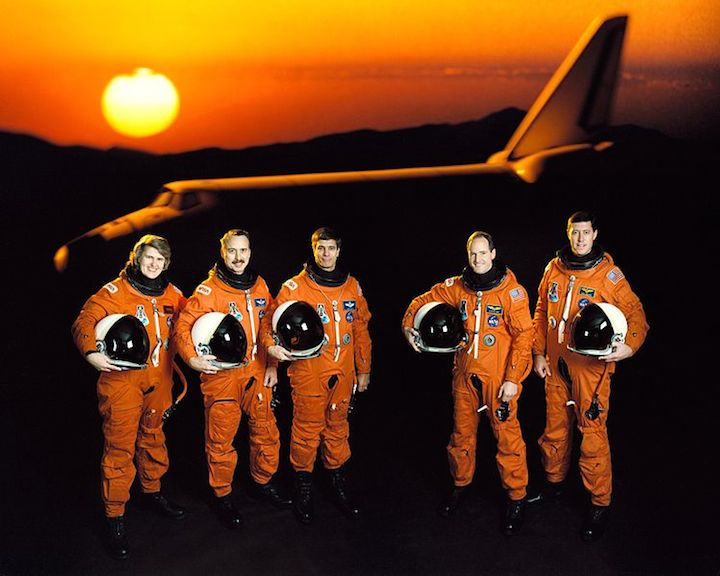

STS-43 :: Aug. 2-11, 1991
The STS-43 mission launched on Aug. 2 and took eight days to complete. The primary goal of the mission was to deploy the fourth Tracking and Data Relay Satellite, TDRS-E. The crew involved was Commander John E. Blaha, Pilot Michael A. Baker and Mission Specialists Shannon W. Lucid, James C. Adamson and G. David Low. Atlantis landed on Aug. 11 at Kennedy Space Center.
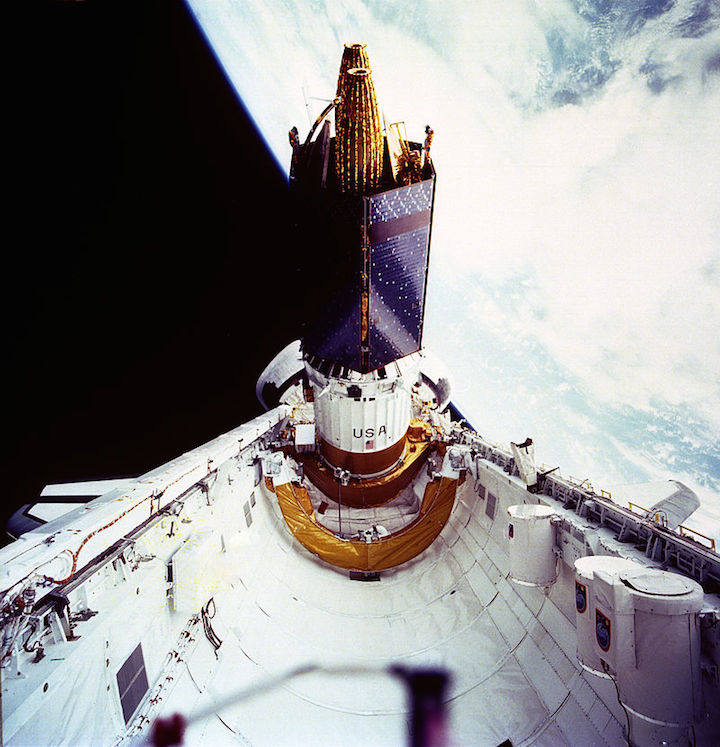
The primary payload of the STS-43 mission, Tracking and Data Relay Satellite-E (TDRS-E) attached to an Inertial Upper Stage (IUS) was photographed at the moment of its release from the cargo bay of the Space Shuttle Orbiter Atlantis. The TDRS-E was boosted by the IUS into geosynchronous orbit and positioned to remain stationary 22,400 miles above the Pacific Ocean southwest of Hawaii. The TDRS system provides almost uninterrupted communications with Earth-orbiting Shuttles and satellites, and had replaced the intermittent coverage provided by globe-encircling ground tracking stations used during the early space program. The TDRS can transmit and receive data, and track a user spacecraft in a low Earth orbit. The IUS is an unmarned transportation system designed to ferry payloads from low Earth orbit to higher orbits that are unattainable by the Shuttle. The launch of STS-43 occurred on August 2, 1991.
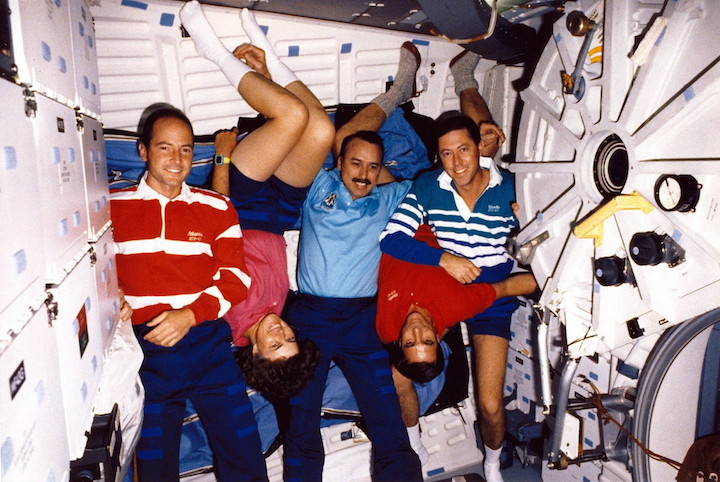
---
Frams von STS-43 Atlantis Mission NASA-Video:
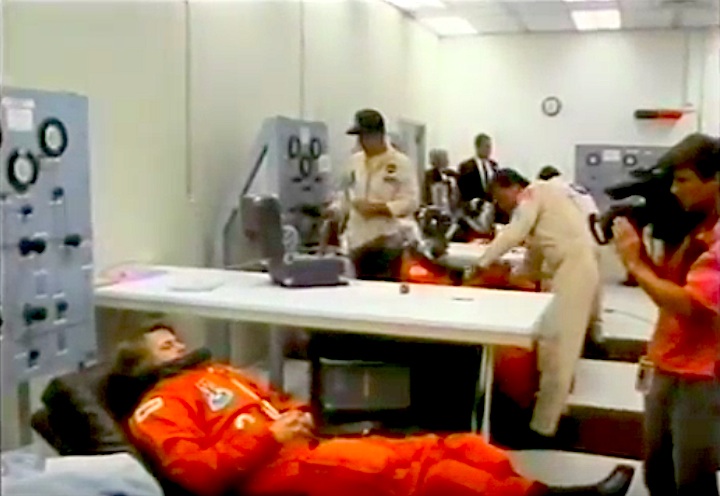
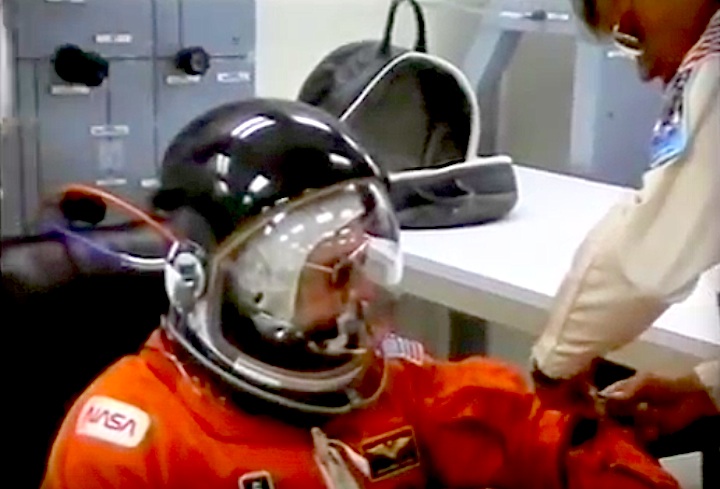
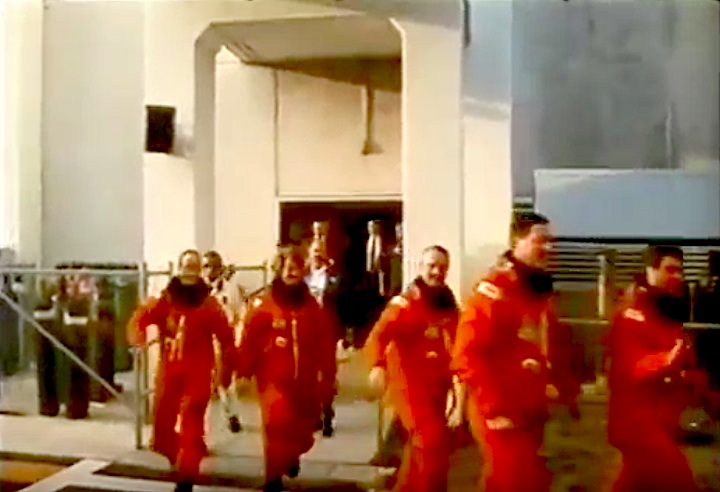
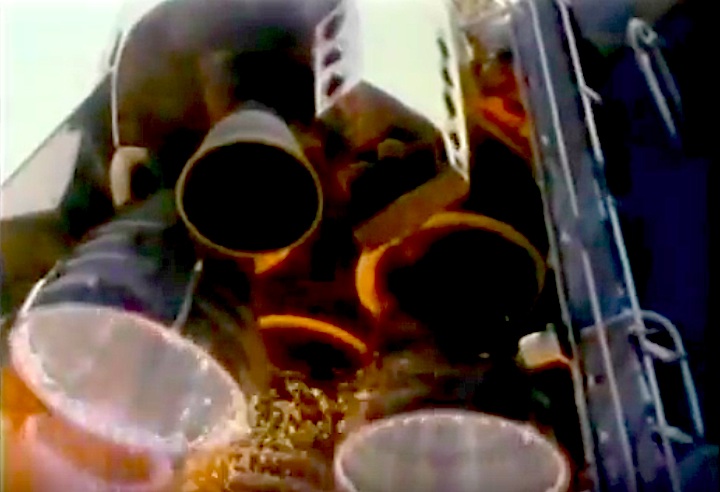
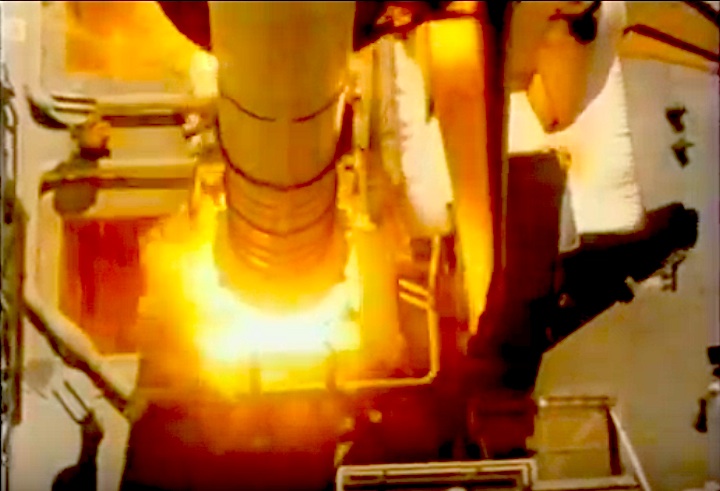
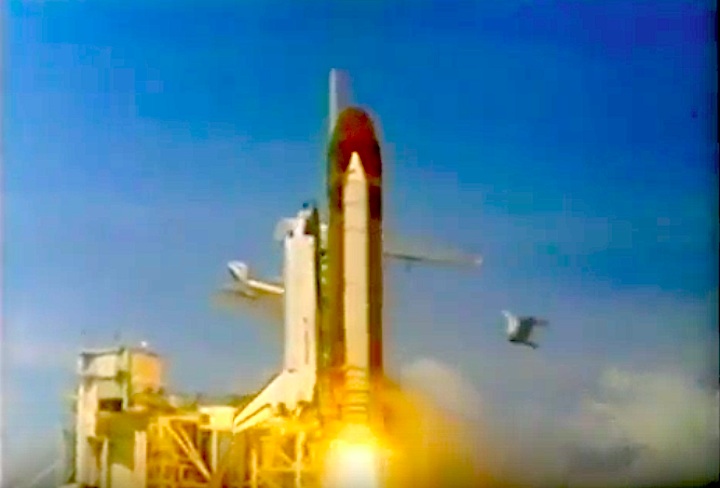
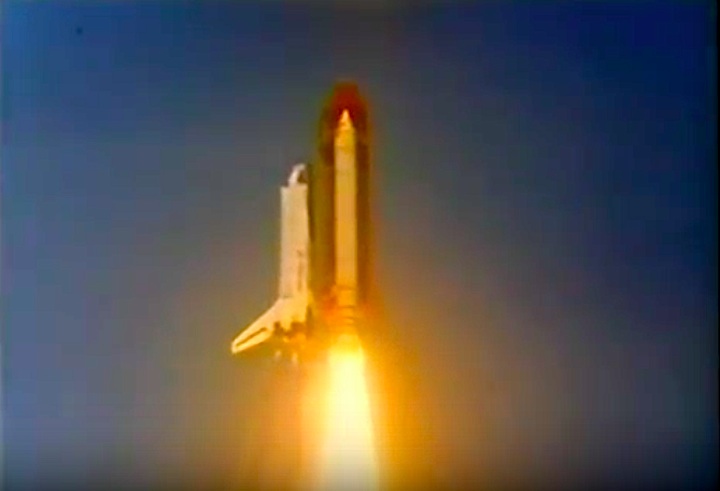
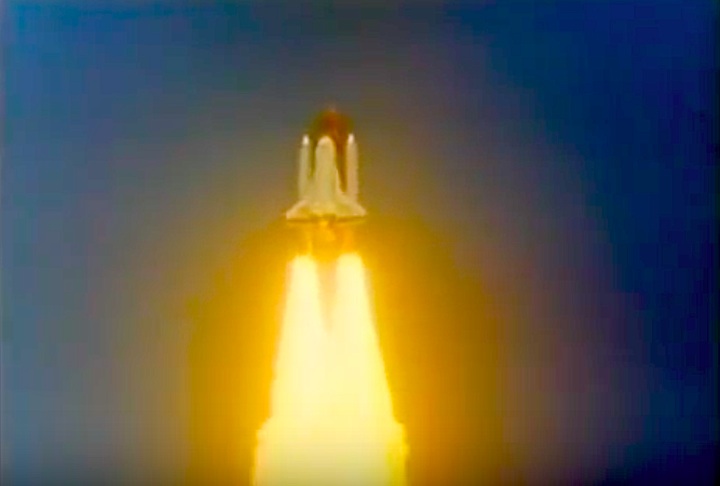
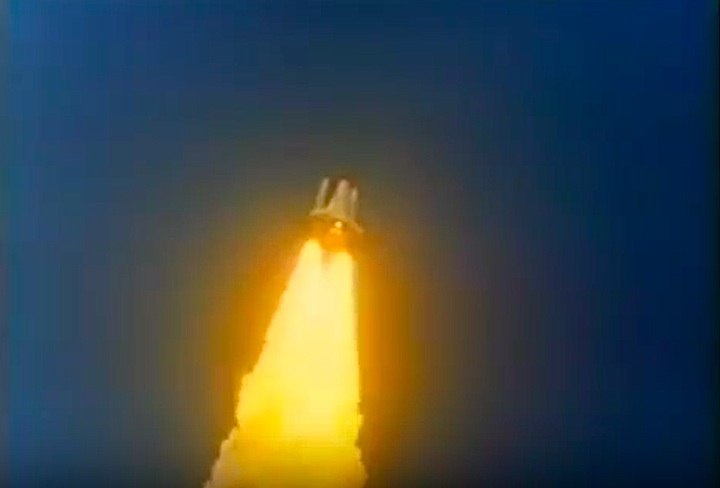
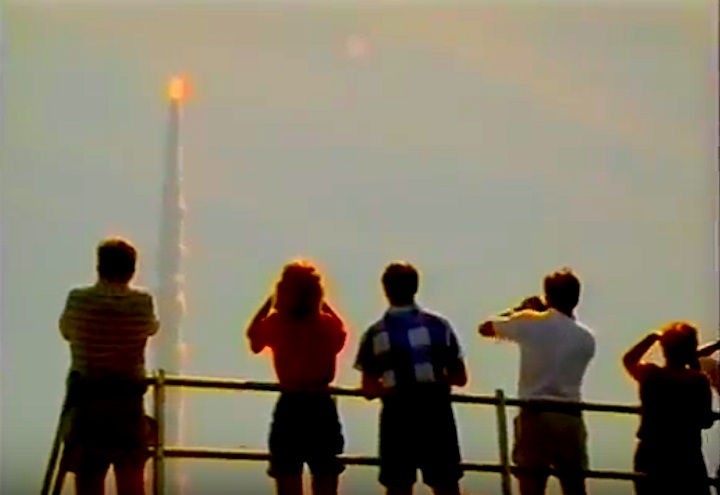
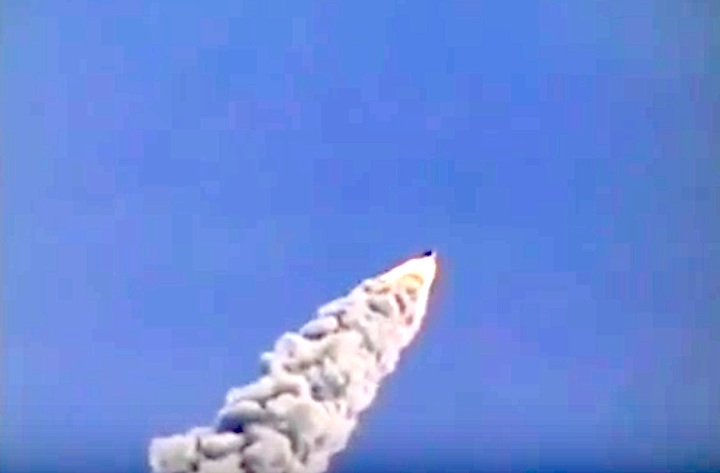
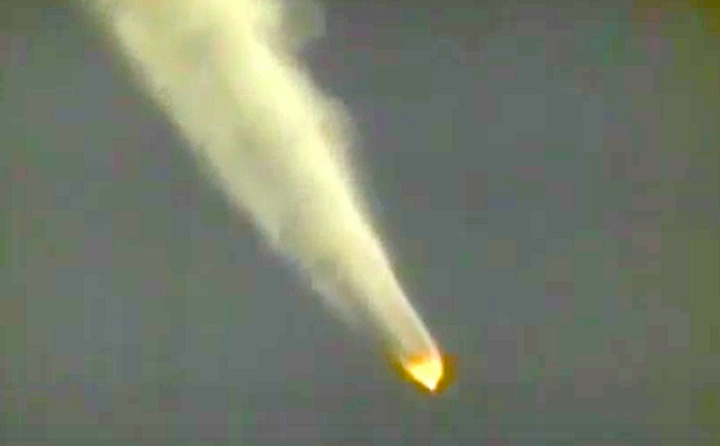
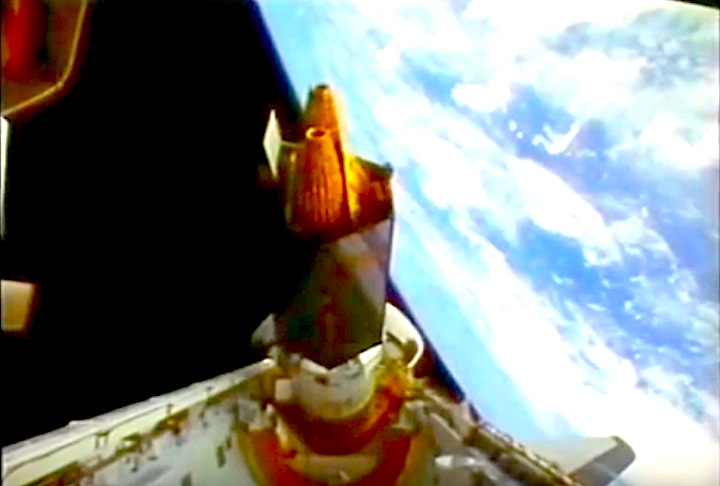
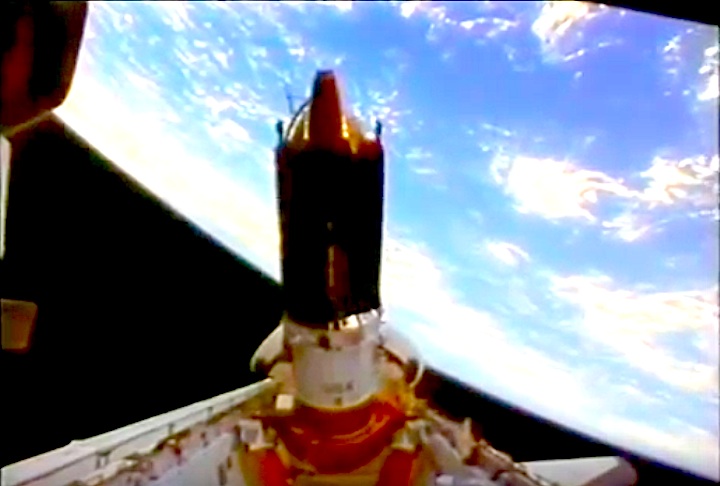
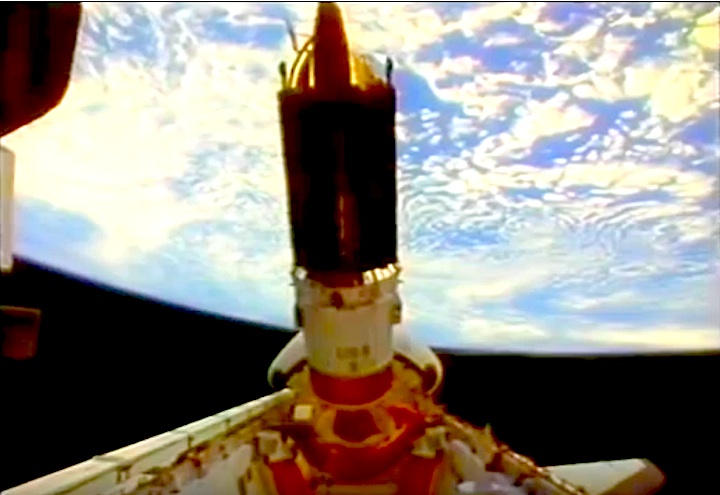
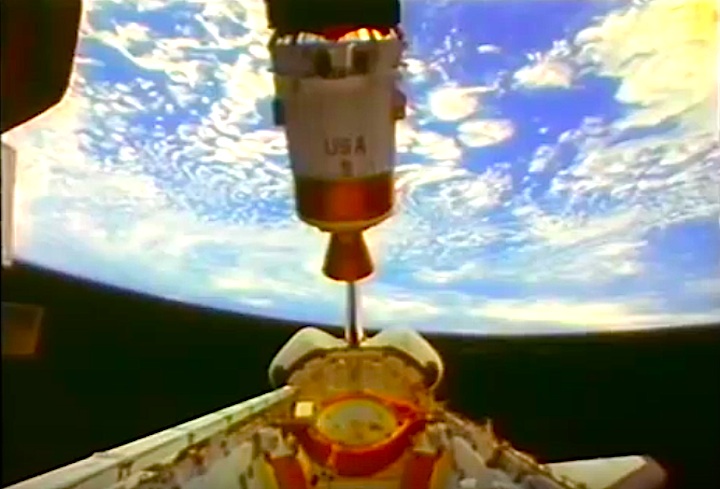
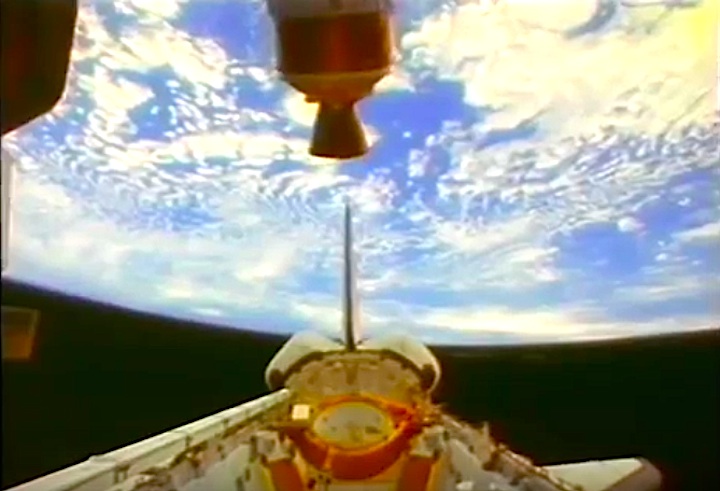




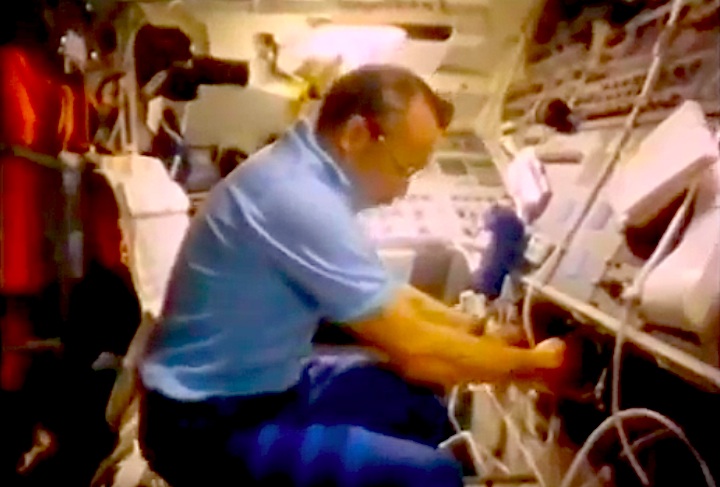
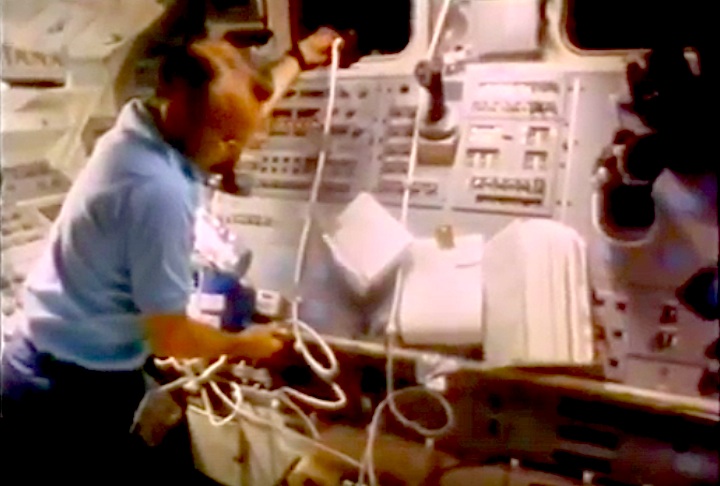
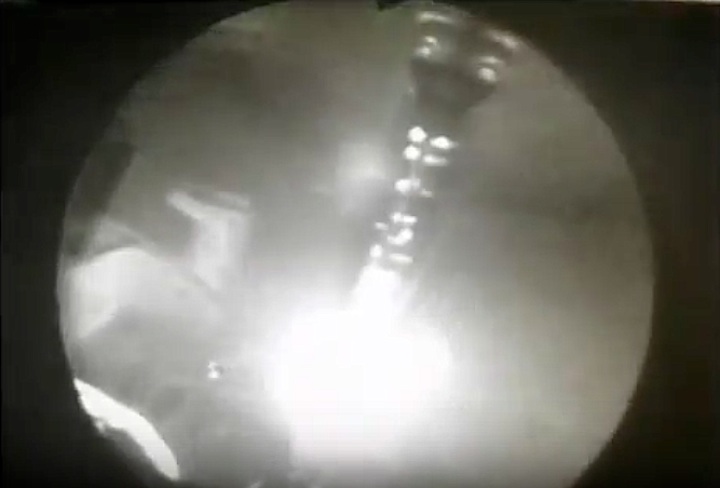
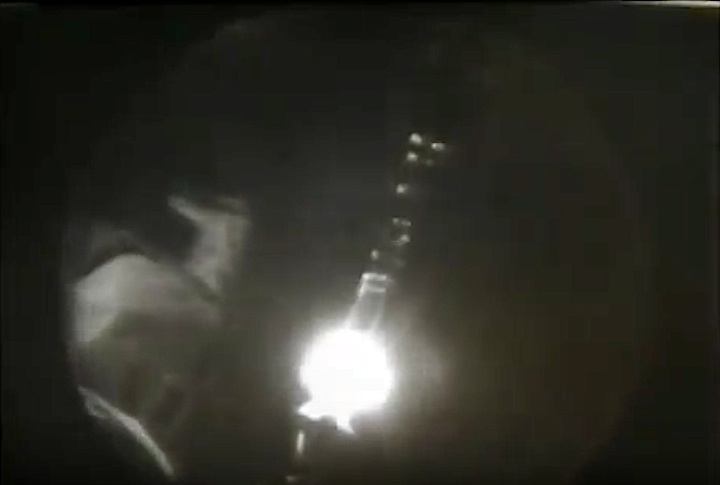
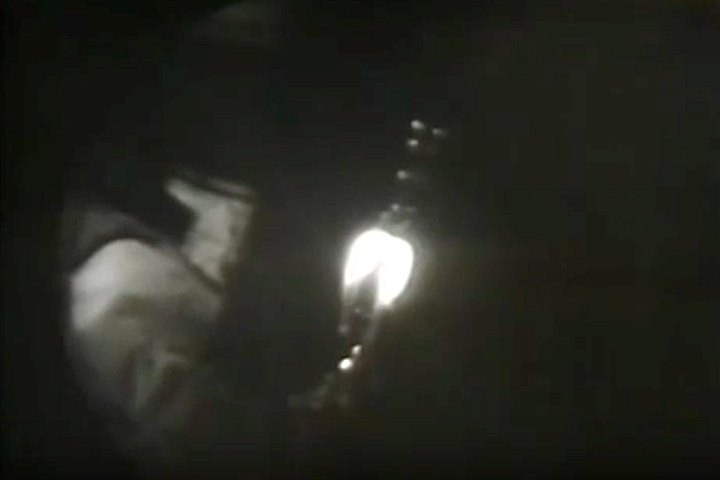

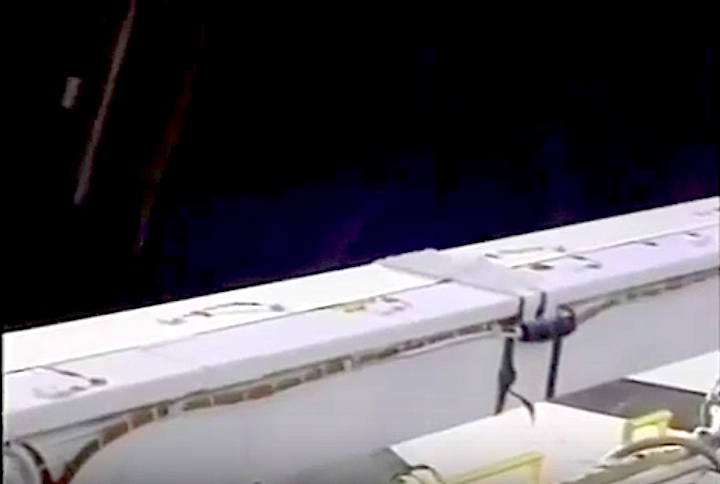

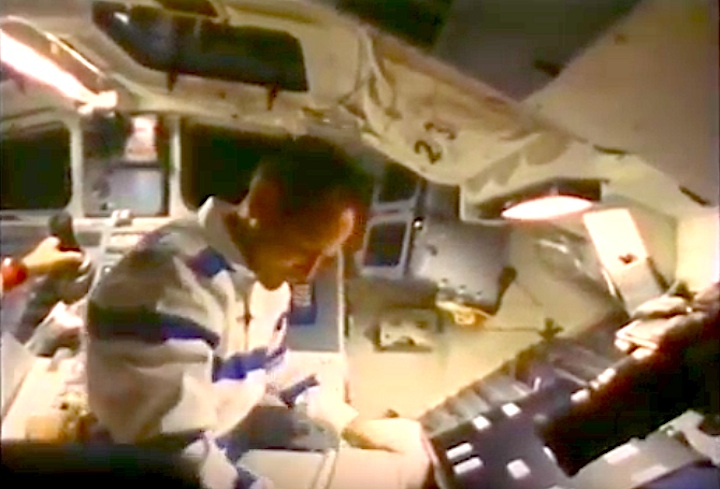
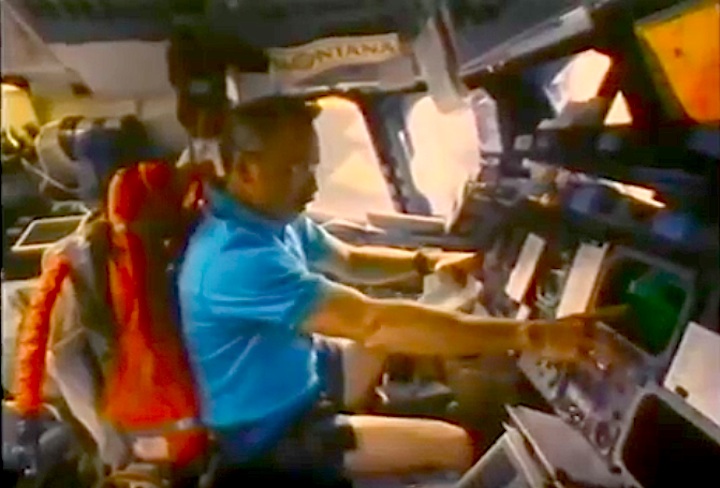
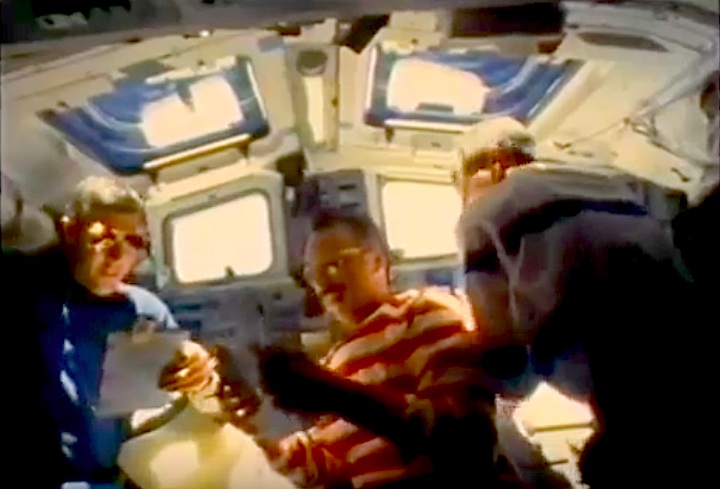
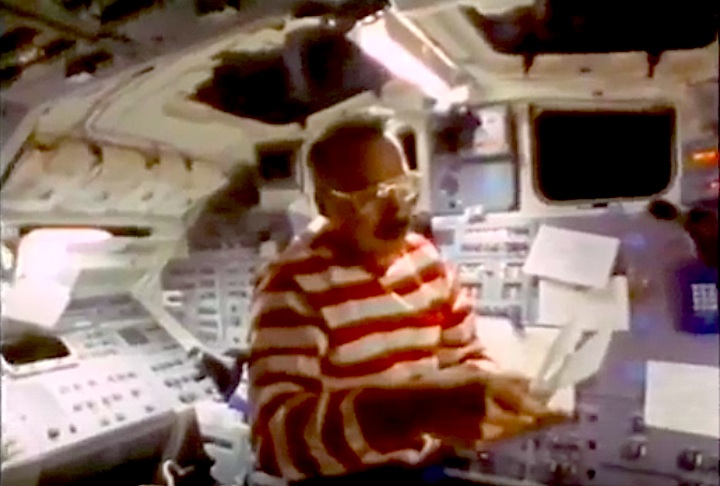
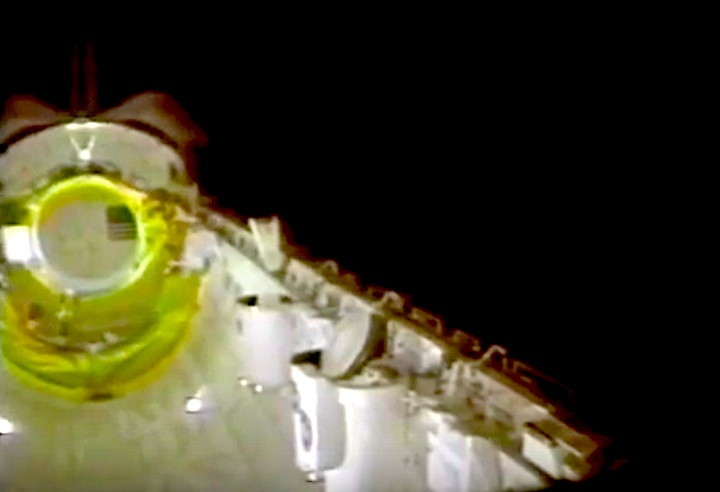
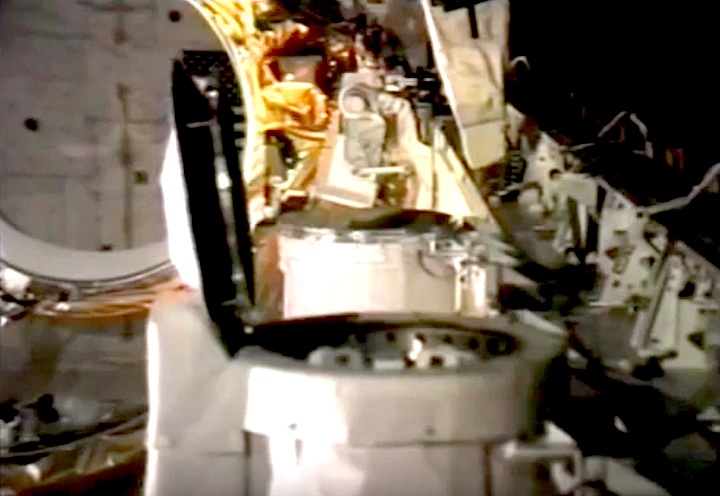
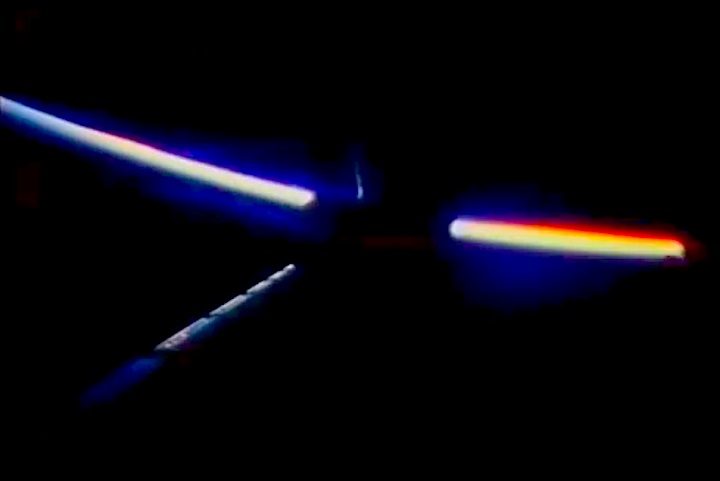
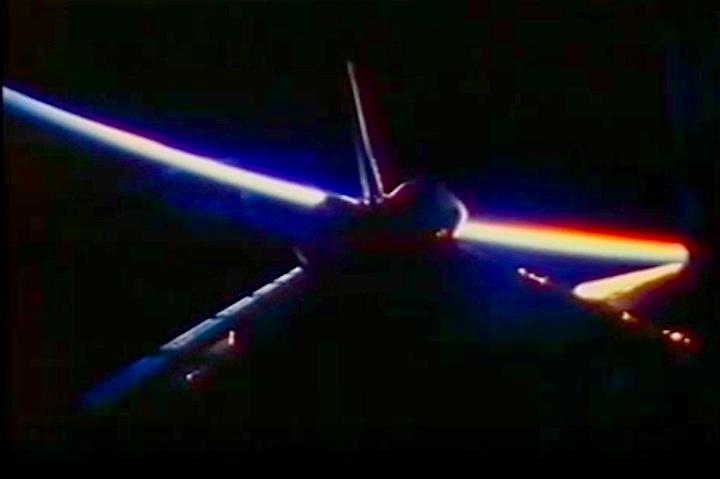

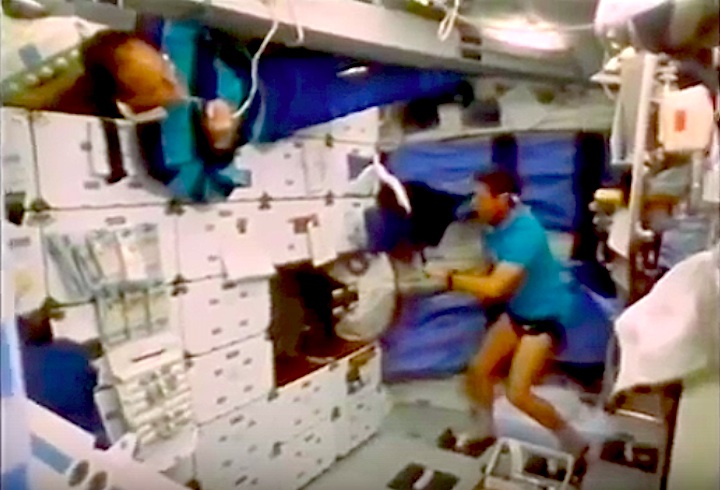
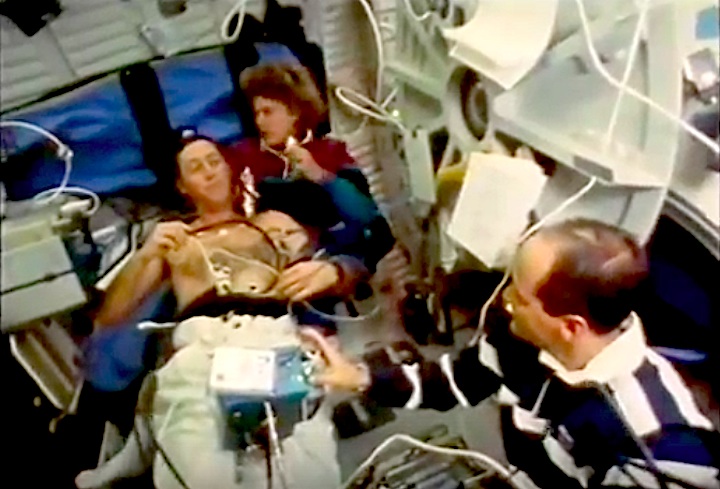
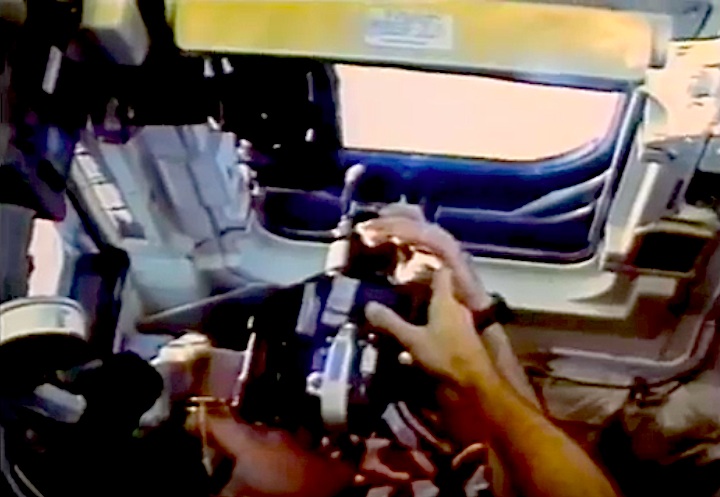
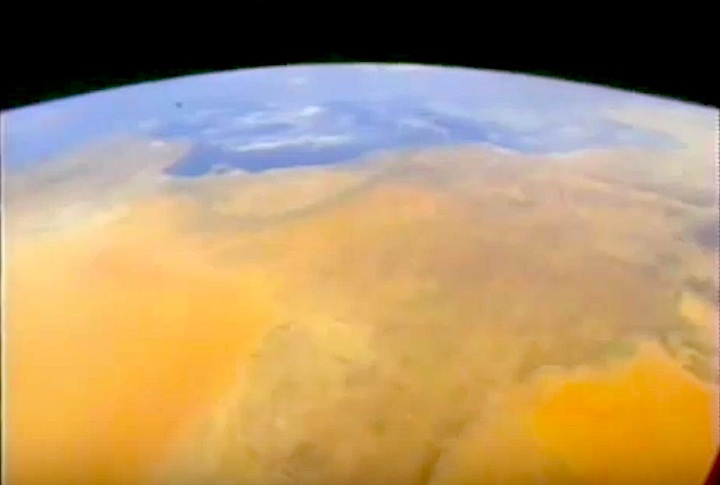


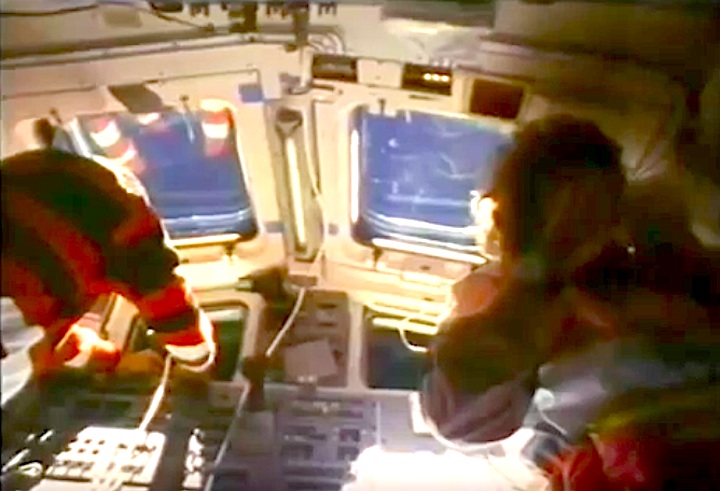
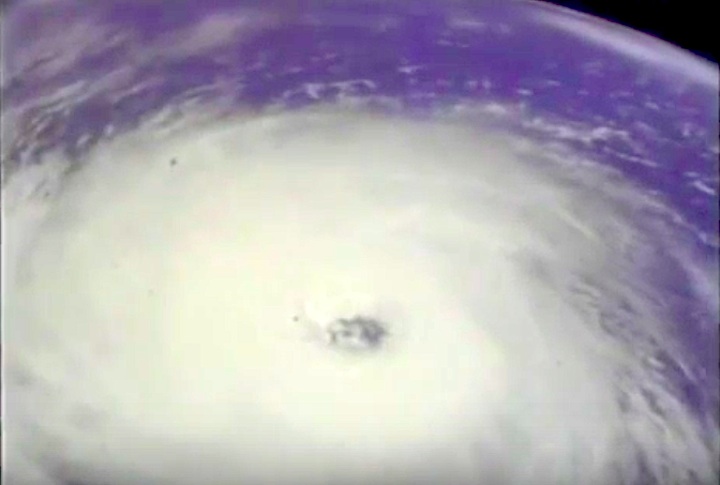

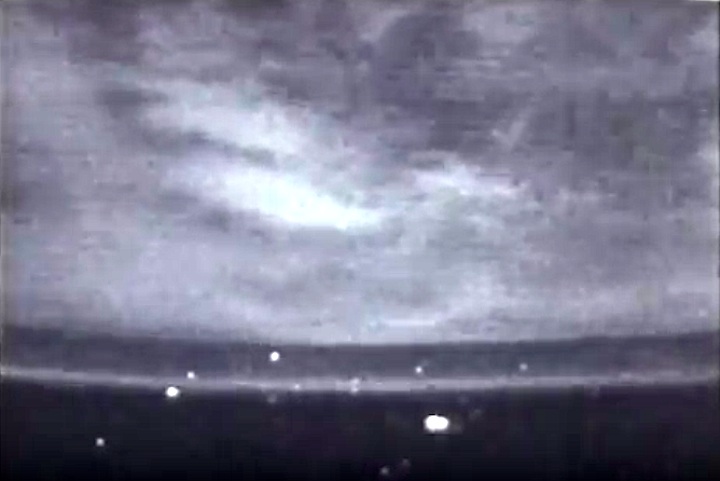
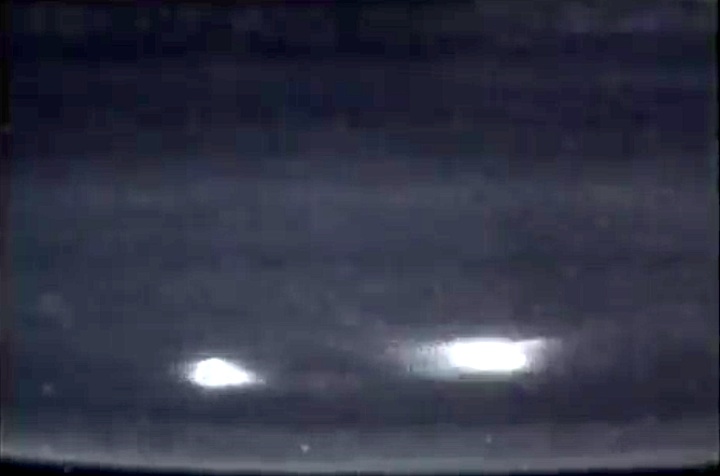

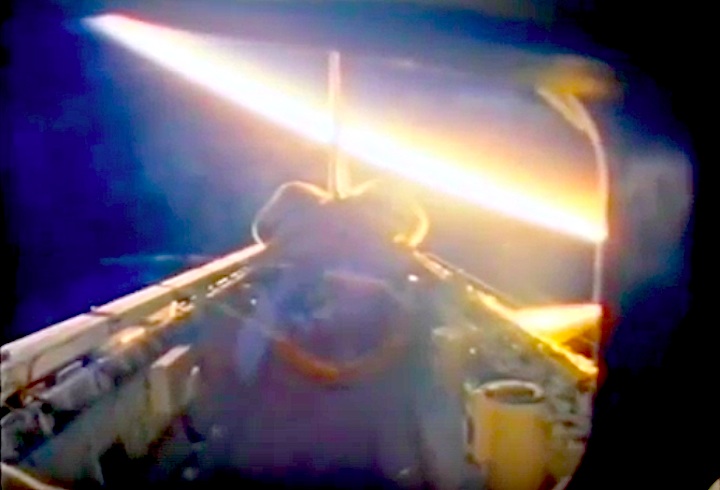

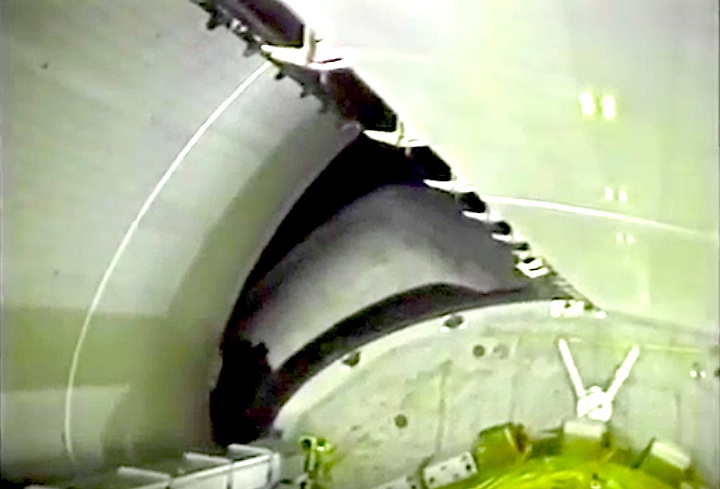


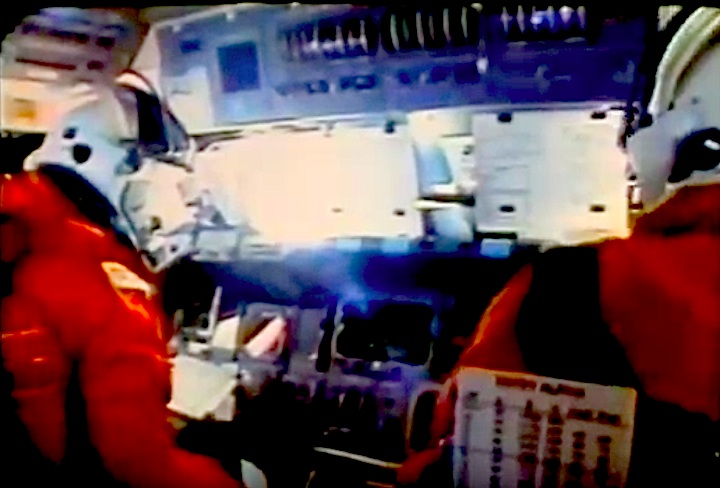
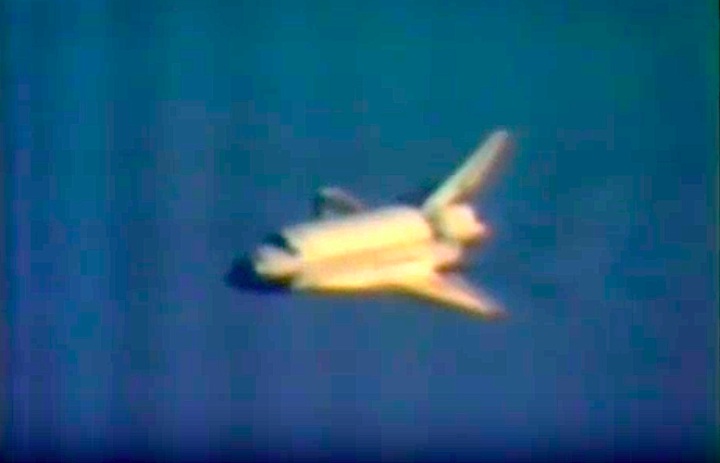
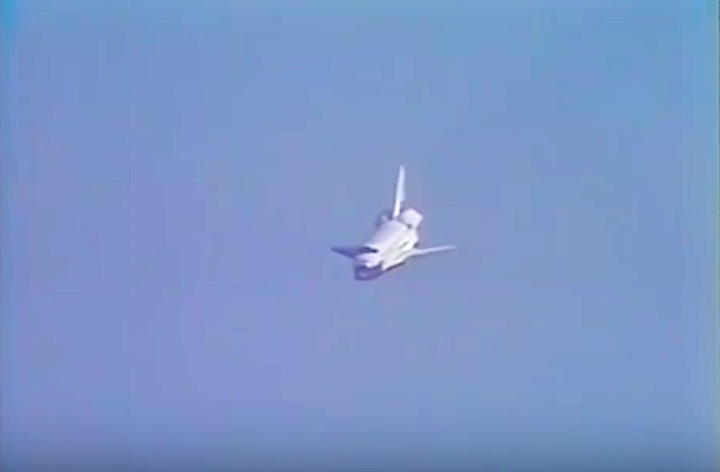
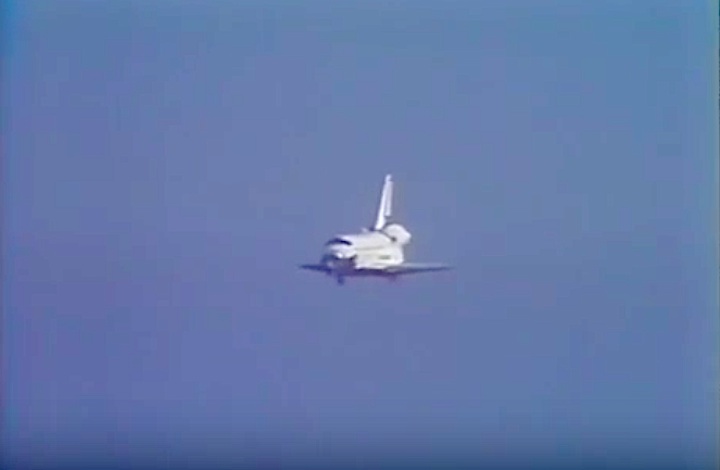
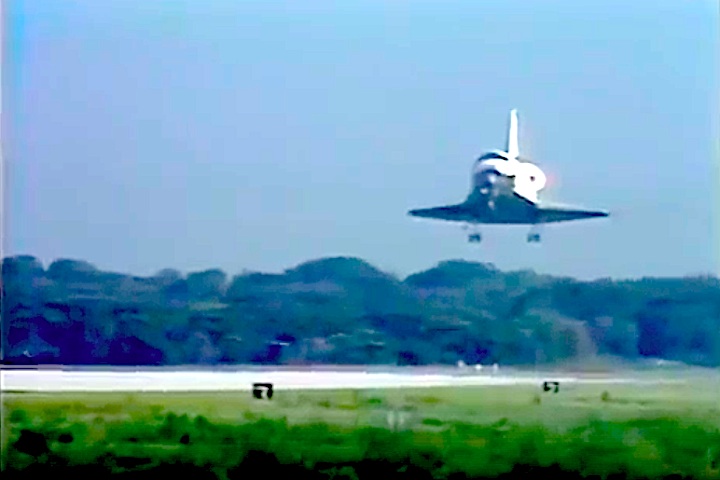
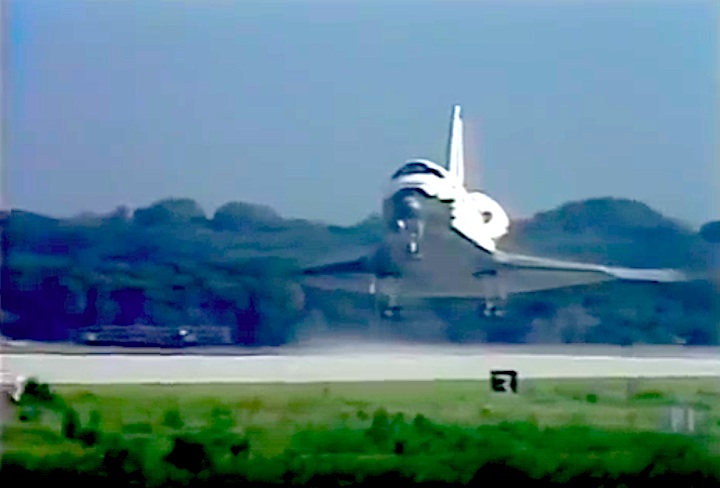
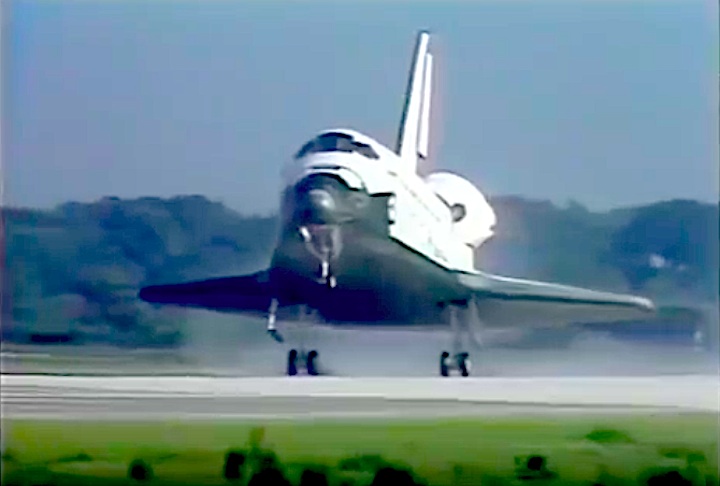
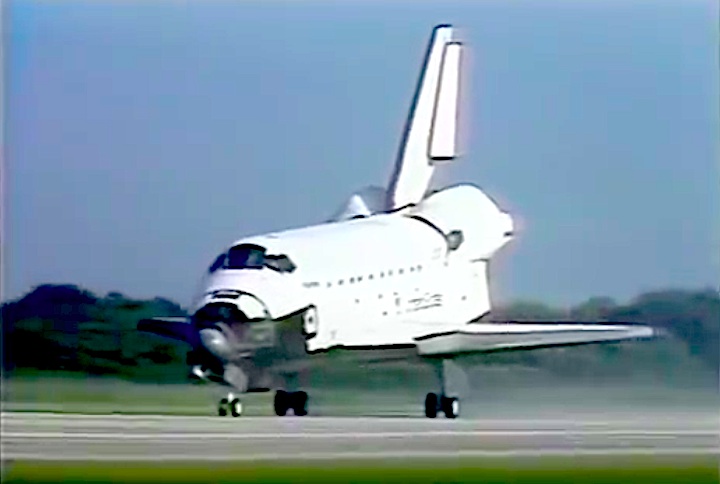
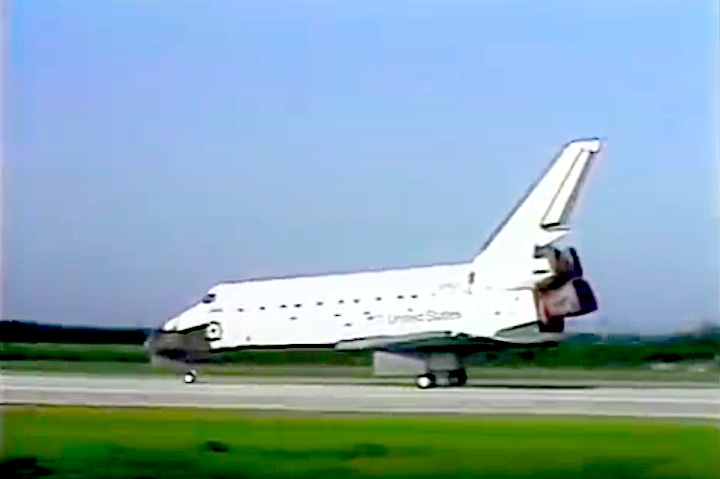

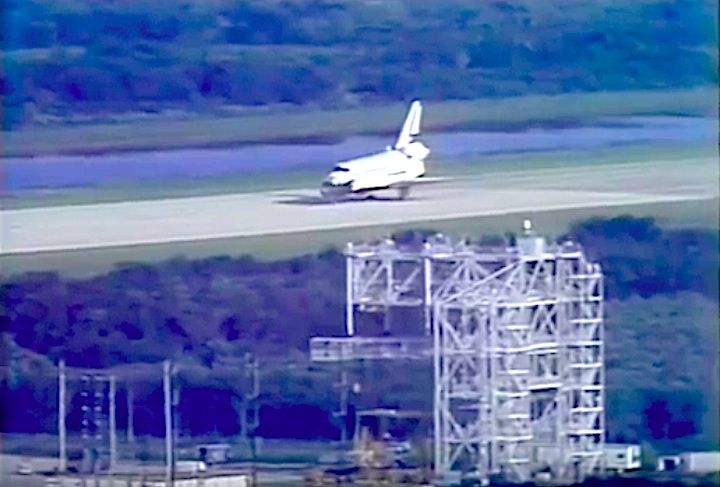
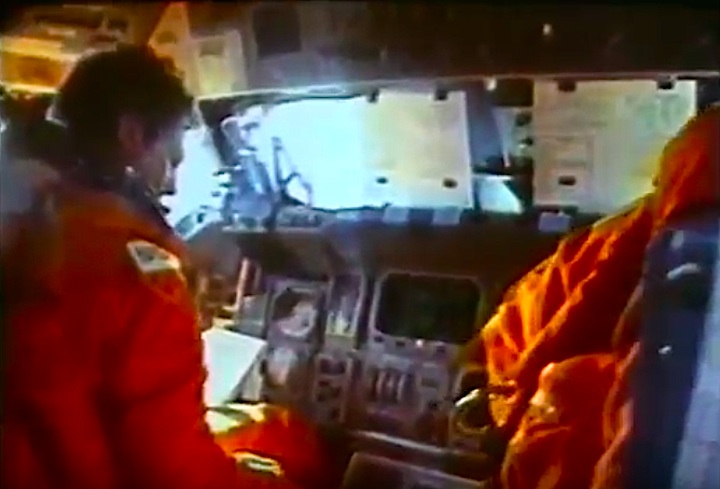

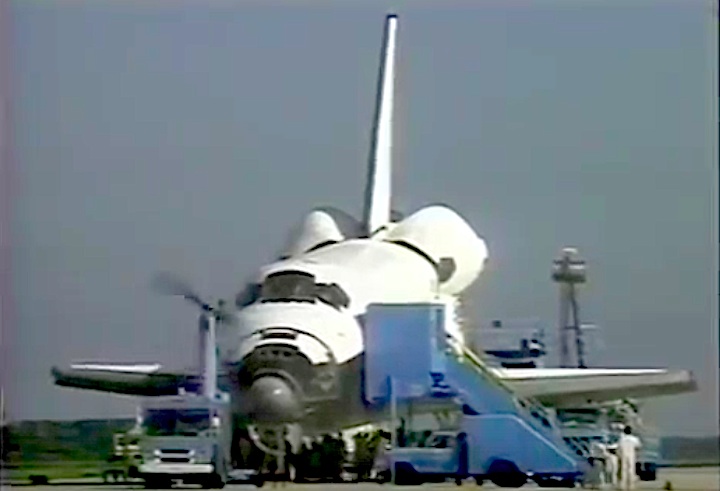
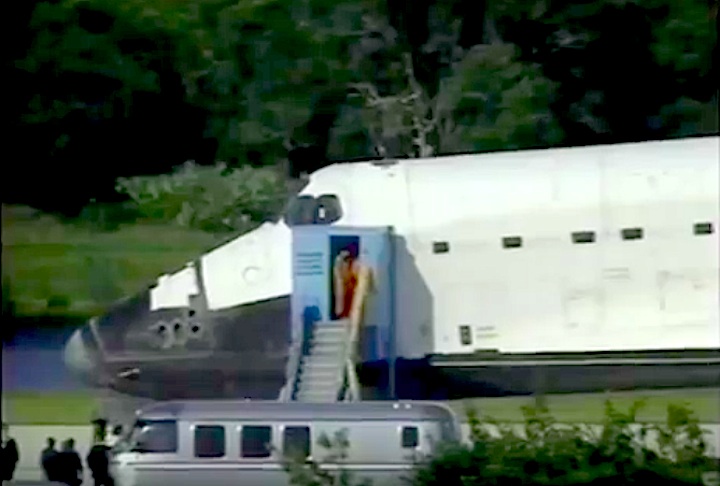
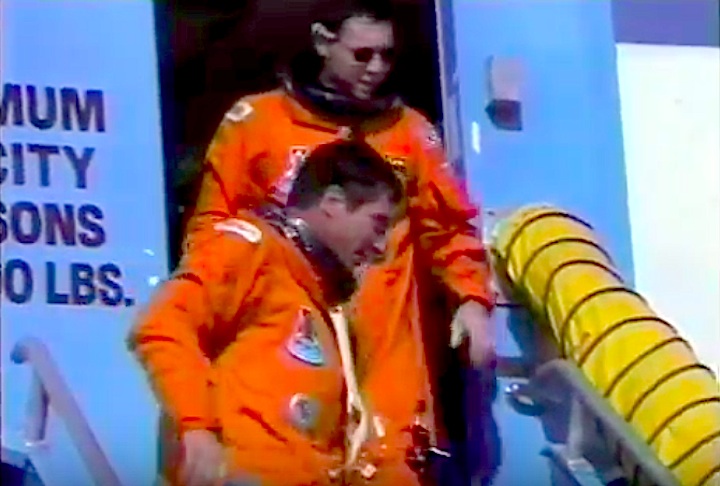
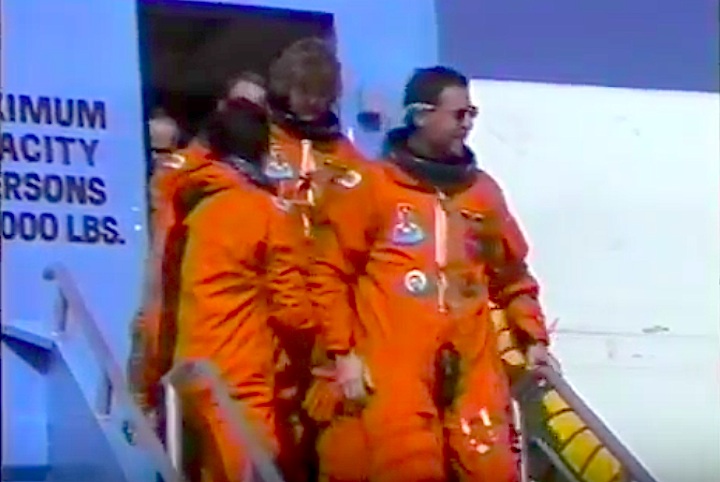
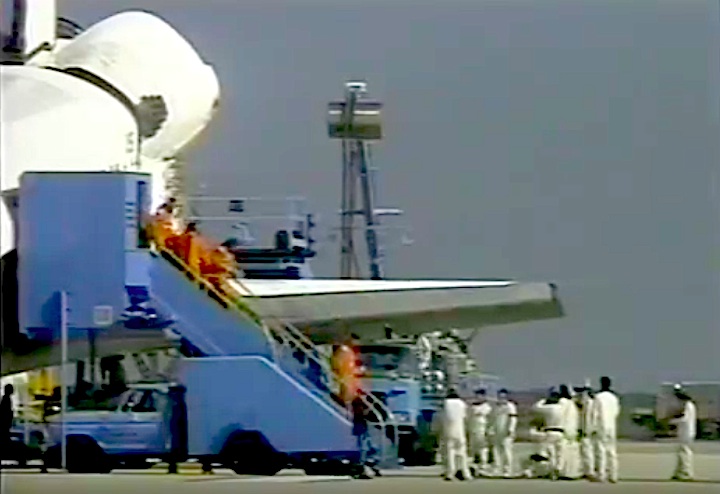

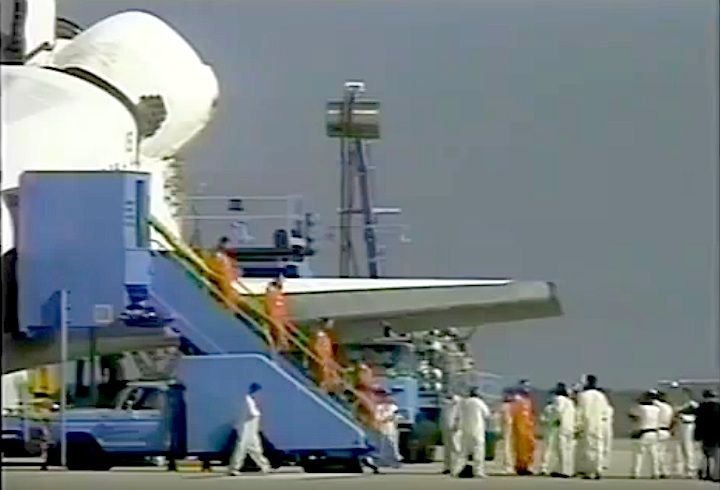
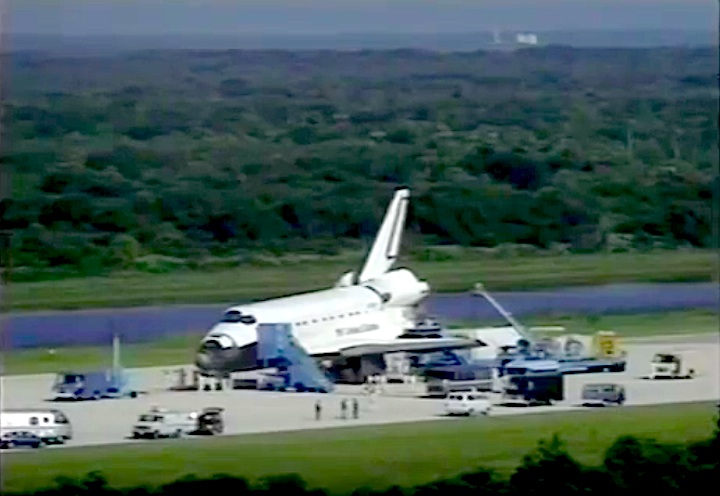
Quelle: NASA

